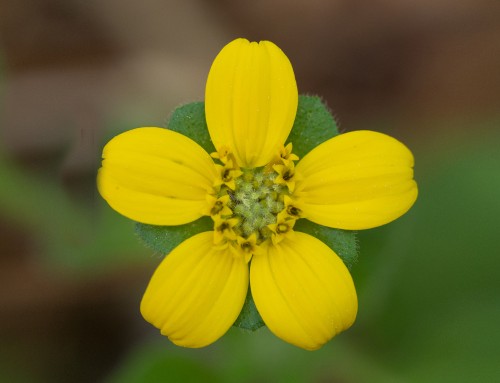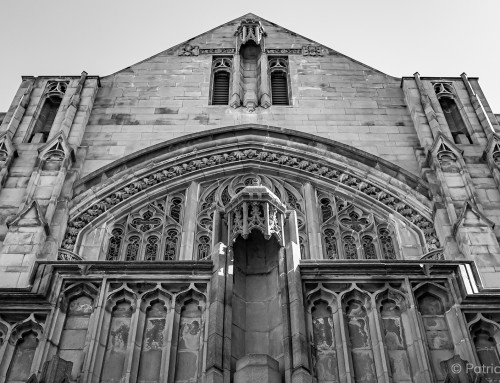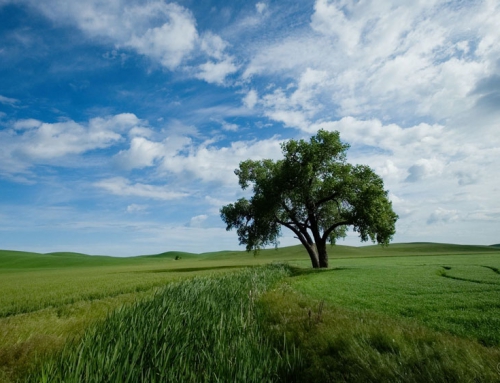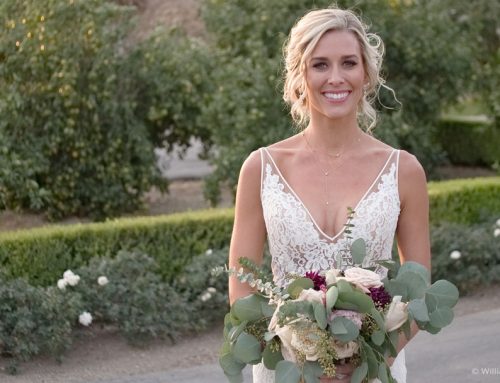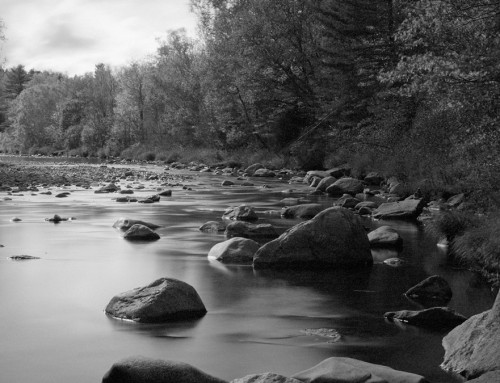Learn the basics of printing, and preparing your images for print, using Exposure’s print capability.
Photo: OCH Studio
Transcript
Start by navigating to the folder containing the images you’d like to print. Select the images you wish to print in the grid by clicking Cmd+Click (or Ctrl+Click on Windows). Then choose File, Print from Exposure’s menu bar.
Exposure shows you a preview of your images as they will appear at the selected page size. The Print dialog can be expanded to display a larger preview.
There are several preview magnification presets such as fit, fill, and 1:1. 1:1 displays the image without scaling, so it’s a good way to final check images before printing.
To change the page size, click Page Setup. This opens the Page Setup dialog in your Windows or Mac operating system. Set the printer and paper formatting options here.
Next, look at the settings on the left of the image preview. At the top is the print preset menu. Use this to create and manage print presets. These presets contain all the print settings, including paper size and orientation from your operating system’s Print dialog, so you can re-apply them with a single click. Exposure comes with a number of presets that cover common paper sizes and printing choices. You can create your own as well.
To print at a specific print size, first select the units. The margins default to the printer’s printable region, but they can be customized. For example you can reduce them for borderless printing, or move them as needed when filling a grid with images.
The Grid adjustments enable you to print multiple images per page. This saves paper when printing small photos. It’s also useful for contact sheets. Use the Rows and Columns sliders to set the number of images to print on each page. Then fine tune the image spacing on your grid with the Grid Spacing controls.
The Cell Size sliders define the size of the image cells on the page. The photos will expand to fill the cells. If you’re printing at a specific size, keep in mind that increasing the grid rows, columns, or spacing will lower the range of the cell sizes.
To fit four 4×5 images per page for the selected paper size of 8.5×11, choose the 8.5×11, 4-up preset. The Cell Options controls enable you to adjust the image cells.
Fit ensures that the entire image fits within the cell. The other option is Fill, which fills the entire cell with the photo. This can cause photos to be cropped if they don’t match the shape of the cell. The crop position can be adjusted with the crop slider. Match Orientation forces images to match the orientation of the image cell.
The DPI dropdown sets the dot density of the print. More dots means more sharpness and detail. We recommend using at least 300 DPI when printing photos.
To apply a watermark, select it here. Exposure displays a list of any watermarks that you’ve created. You can also create a watermark from scratch by choosing Edit Watermark.
Exposure’s Output Sharpening adjusts the amount of sharpening to compensate for ink spread. We recommend starting with a low sharpening amount because it provides a noticeable but not dramatic sharpening and is effective for most photos.
A small sharpening radius will sharpen only fine details like hair. A wide radius will sharpen larger details and can be used if your print is to be viewed at a distance. The media type list will set an appropriate radius for your paper type.
When you’re ready to print your images, click Print. Your operating system’s print dialog will appear, enabling you to select your destination printer and adjust other printer settings.





